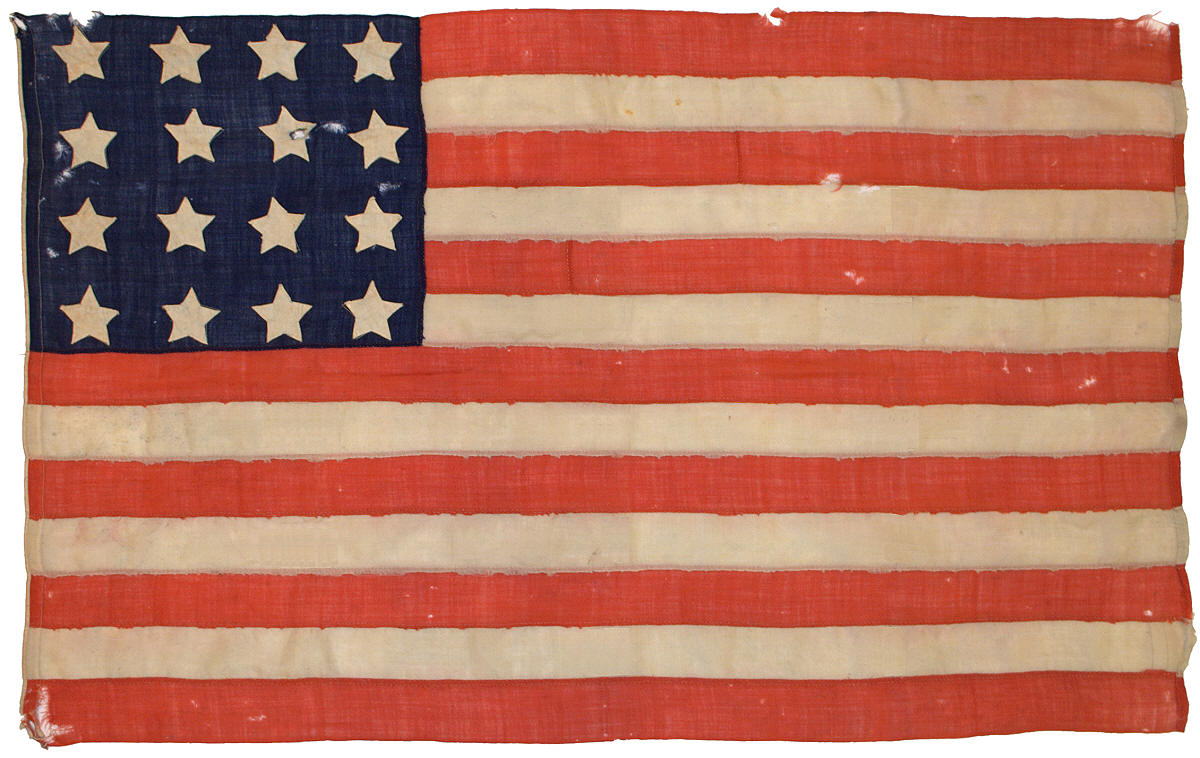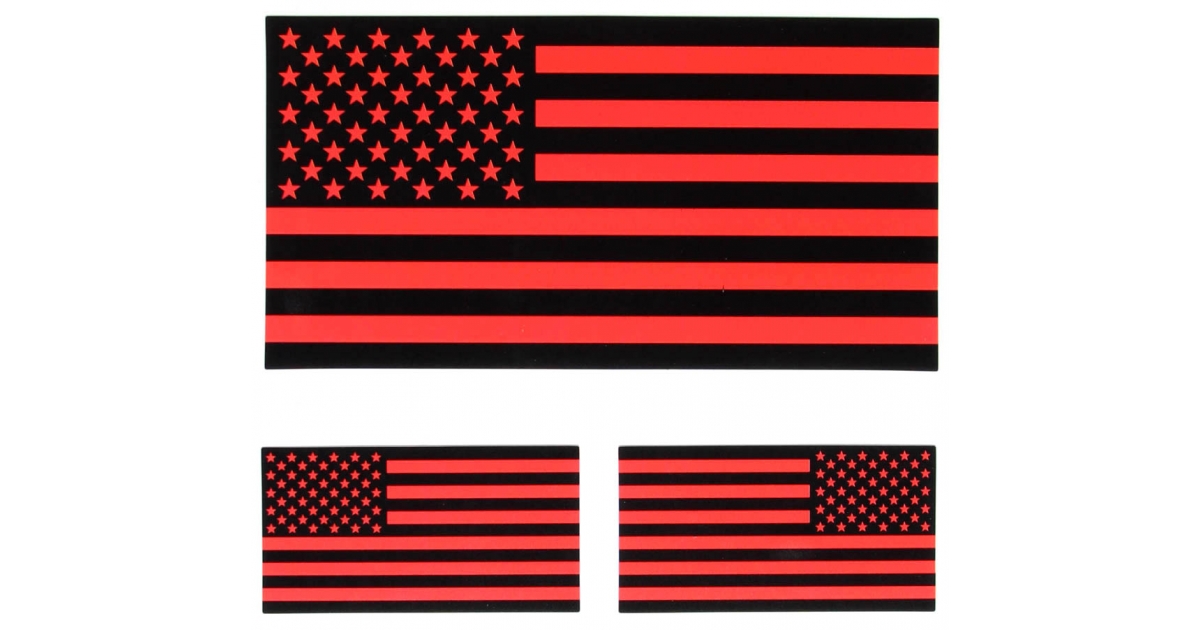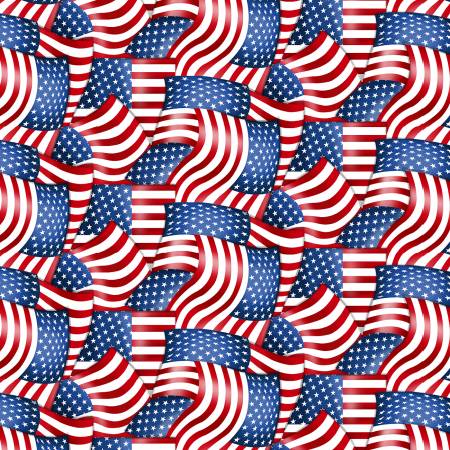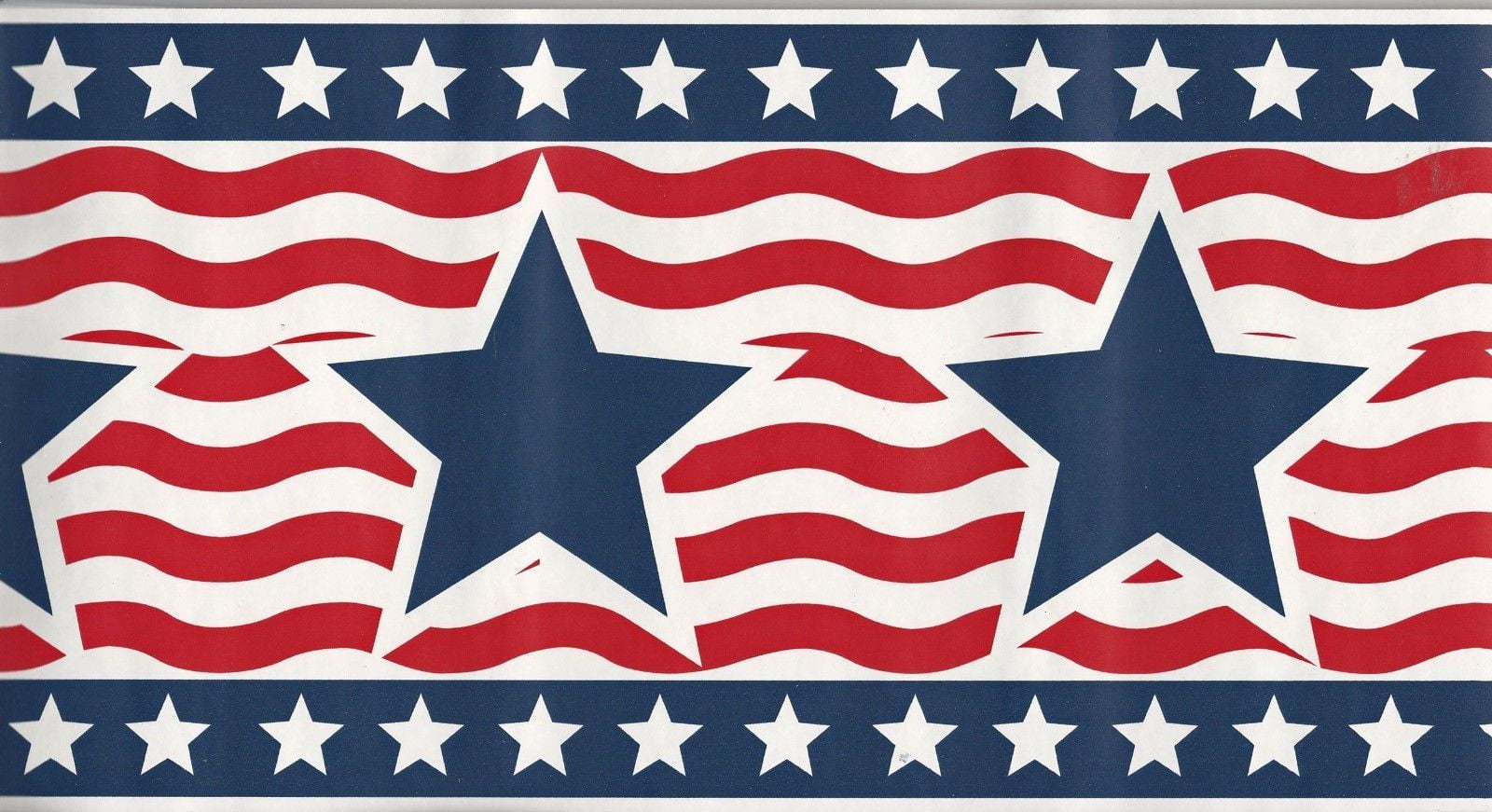


Though Ross’s grandson repeated family lore and even produced affidavits from family members attesting to the truth of the incident, Leepson says there’s no historical evidence to back it up. ( The long and surprising history of Flag Day.)īut historical reverence doesn’t equal historical truth. Wave after wave of flag fervor followed, and word of Ross’s accomplishment was largely accepted. In the years that followed, adjacent phenomena like the 1892 Pledge of Allegiance and the push for a national Flag Day emerged. But after Fort Sumter, says Leepson, the flag fad exploded.

Before the Civil War, use of the flag had been limited to the government and the military. The story’s popularity coincided with the birth of what Leepson calls “the cult of the flag”-a reverential, patriotic invocation of the nation’s emblem that began during the Civil War with the Union’s surrender at Fort Sumter in 1860 and continues today. “She intimated her willingness to try,” the author continued, repeating the story about her suggestion to use five-pointed stars. Ross was “carrying on business of her own account in her little shop” when Washington, members of Congress, and other influential men paid her a visit, showed her a sketch of a proposed design, and asked her to make a flag with 13 six-pointed stars. The story was soon printed in newspapers, and by 1873 an article in one of America’s most-read and most influential periodicals, Harper’s Weekly, spread it to the nation. Canby called on the world to acknowledge Ross as “an example of industry, energy and perseverance, and of humble reliance on providence.”
#American flag red stripes how to
She suggested the flag include five-pointed stars instead of the six-pointed stars the committee had suggested, and she demonstrated how to cut them out with a piece of paper. In the speech, Canby claimed that a bereaved Betsy Ross had been approached in 1776 by George Washington and members of a congressional committee appointed to create a flag for their new nation. Canby, spread a spurious legend in a speech on the history of the American flag to the Historical Society of Pennsylvania. But her name would hit the history books only after 1870, when her grandson, William J.

She also sewed flags for Pennsylvania’s navy and supplied the Continental Army with goods such as tents during the Revolutionary War. During her life, Ross brushed shoulders with some of the new nation’s most prominent figures (Christ Church’s congregation included 15 signers of the Declaration of Independence and other important figures in the American Revolution). Ross later married two more times and bore seven children. But tragedy struck when John was killed in the Revolutionary War in 1775. ( America declared independence on July 2-so why is the 4th a holiday?)īetsy and John had their own upholstery business and a lively social life in Philadelphia, where they attended Christ Church with people like George Washington. For this “disorderly” and “undutiful” decision to marry a Protestant, the Quakers expelled her. In 1773, while serving as an apprentice to a Philadelphia upholsterer, she fell in love and eloped with John Ross, a member of a prominent Philadelphia family that included one of the signers of the Declaration of Independence. Born Elizabeth Griscom in Gloucester City, New Jersey, in 1752, she was raised as a Quaker. The real Betsy RossĪlthough Ross’s name appears in plenty of textbooks alongside those of the nation’s founders, the details of her life are more prosaic.


 0 kommentar(er)
0 kommentar(er)
